In Awareness Through Movement® lessons I always encourage using less effort, or minimal effort, when exploring new patterns of movement presented in a class. This concept of removing willful movement is challenging for many, due in part to cultural norms and educational models present in our society. We are given a fair amount of misinformation about strength and weakness. Popular words or phrases like “push yourself” and “engage your core strength,” and even “stretch,” are tossed around without really investigating their meaning or their efficacy in any given situation. We are inspired to “Just Do It,” or “if at first you don’t succeed, try try again.” Many inspirational phrases lack the more subtle distinctions of listening to how we perform these acts of exercise in order to have options and authority over our own inner relationship with movement.
This is where the Feldenkrais method® can help fill in the gaps of how to learn, so that we may improve our movement at any stage of life for any function. Through the Feldenkrais approach, one can learn how to find a more structural approach to things like strength and flexibility, and how to “push” oneself in a way that is in line with one’s ability at any given moment. The end product will be more effective and perhaps even pleasurable! Moshe Feldenkrais’ quote, “Improve the quality of movement, and you’ll improve the quality of life itself,” would be a fantastic slogan on the wall of a gym, but quality and effort need time to sort out their relationship. ATM lessons are a fantastic medium for this internal dialogue to occur!
In Awareness Through Movement lessons, we achieve this minimal effort through substantially slowing the speed of our movements. This wakes up the part of the brain responsible for sensing and learning what our habitual movements are, and allows us to gain new options and receive greater satisfaction. Feldenkrais states in several of his writings that any action is effective when there is smooth coordination between thinking, sensing, feeling, and moving. I call this the Coordinated Action Pie. The four parts are constantly adjusting to the situation, either consciously or unconsciously, and when faced with the task of efforting less in one’s movements, effort is transferred to another part of the pie. This produces change in the initial habitual pattern.
For example, in order to put less physical effort into, say, getting out of a chair, you might have to put more sensorial effort into paying attention to how your weight shifts in your pelvis, or to what’s happening in your eyes or your breathing. You might have to increase your effort in thinking and imagining how much slower you can move to organize the movement more effectively. In essence, you have to discover where you are habitually efforting, and shift your attention to a different part of your action pie in order to change the overexertion and better coordinate your movements, and your life.
People in my private practice often call this work “magical” because they feel so profoundly different after such small movement changes. This magical feeling is easily achievable in your everyday life, through rearranging your habits to elicit more satisfying sensations, thoughts, emotions, and movements. For many of us right now, the ability to effort in the external world is not an option as we continue to grapple with the effects of COVID-19 on our life and society. We have a wonderful opportunity to enrich our movement life as we move our effort around the different aspects of our coordinated action pie!
Join us for a drop-in to any class for $15, or become a monthly subscriber at the low price of $40 a month to access all live classes and the video archive of lessons. https://erinfinkelstein.com/new-products-1
COMING THIS FALL: Online Somatic Academy. Get In Touch!!

